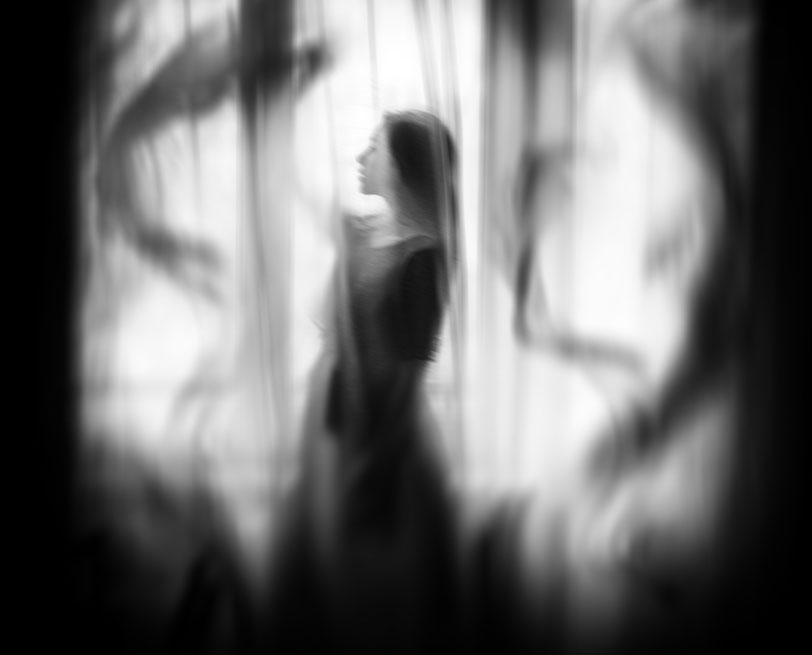The Best Asian Speculative Fiction 2018 Edited by Rajat Chaudhuri, Kitaab, Rs 399
The Best Asian Speculative Fiction 2018 is an anthology that presents stories by authors from more than 13 Asian countries including Kazakhstan, Korea, the Philippines, Singapore, Sri Lanka and Thailand. Twelve out of 34 authors are Indian, but thankfully the collection is not entirely focused on the subcontinent.
The cover image of coiling smoke suggests the arcane more than the speculative. Little details like a tiny alien/bot within the ‘2018’ catch the eye. Inside, aliens jostle post-humans, ghosts flit by sentient asteroids, cyberpunk rubs shoulders with sorcerers. The stories are too numerous for this review to cite them all, but a few deserve honourable mention.
In a continent where myths are live, and not considered irrational, non-mimetic fiction should be rife. Yet speculative fiction is still a glitch in the fabric of rationality. Bridging the worlds is Shweta Taneja’s “The Daughter that Bleeds”, a story as contemporarily dystopic as it can get in India. “The Society of Flower-Pluckers” furnishes a remarkable argument based on a laughable, everyday practice. “Crow” offers a great premise of paid reincarnation, giving a fresh twist to an idea rehashed from cyberpunk.
Bae Suah and Soramimi Hanarejima’s brilliant, multifaceted stories evade categorisation but manage to be the most mimetic pieces in the collection. In “Time and Time Again” one hallucination (memory? life?) begins before another can end. “Slo-Glo” is an excellent parable for mediocrity in evolution.
This book is a necessary and successful conglomerate. As for the ‘best’, well. The Introduction calls it “an Asian smörgåsbord, a veritable bazaar”, and justifies the selection to situate it within the Asian context. To give it the benefit of the doubt, the exoticization might be a side effect of conglomeration: the editor’s presentation of the book as serving “sizzling, wok-fried” Asian flavours. It is certainly enriching, and a peek into Kazakh or Malay literature might also pique the readers’ interest enough to start them on a new literary journey.
However, a reader versed in the literary traditions of India sometimes has a feeling of déjà vu. The ghost/horror stories so glorified in the Introduction are old hat to a reader steeped in the very rich tradition of the supernatural in, for example, Bengali literature. “The School” is the only gripping tale, although the concept is not new. That said, “Mountain Maid” is one beautiful story.
One wonders about the criteria for selection. Were it not restricted by a choice of stories published in 2018, the anthology could have also made space for those who are not primarily recognised as fiction-writers, like Aniket Jaware or Sukanya Datta. It mainly represents the English-language camp. Are three translations enough to act as ambassadors for regional languages?
Also, the current dystopic trend is very apparent in the stories. Be it the poignant not-belonging of a ghost, the IoT stretched to maximum plausibility, post-humanistic unease or State-enforced population control, a whimpering apocalypse makes itself felt. “The Fog” and “The God Link” end on a note of rebellion and hope. Without any world-building, the satiric content of “Birds of Prey” and “How the Human ATM Machine Lived Forever” does not quite fit.
Samit Basu has spoken about the scope for publishing speculative fiction in India being traditionally absent, and the difficulties of establishing it. This anthology makes it easy to see how the Asian speculative is split into multiple sub-genres, how some have a market already and how others may slip innocuously into different anthologies. The rest are elbowing their way into publishing and the market, and it will be interesting to watch how such truly international publishing broadens the niche. O Ye Riders of the Realistic, Here Be Dragons.












